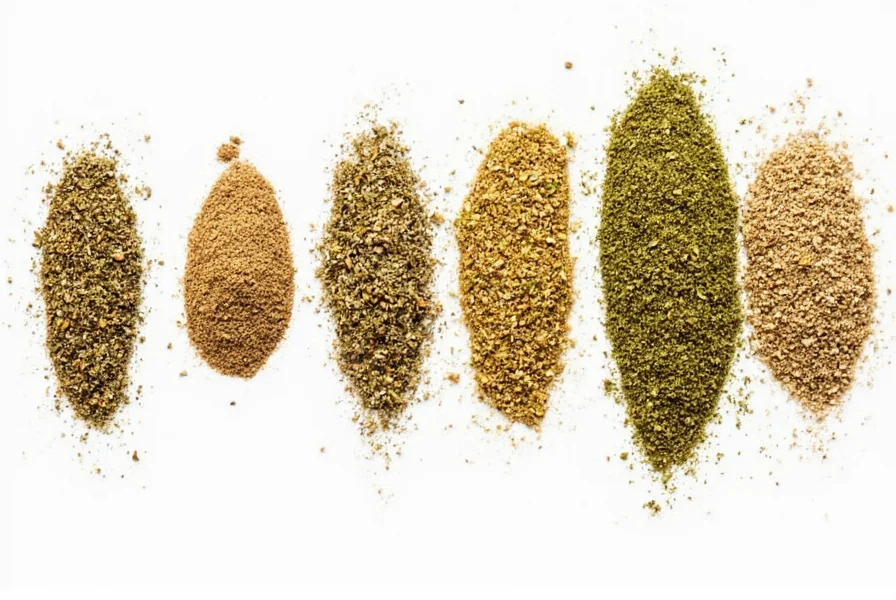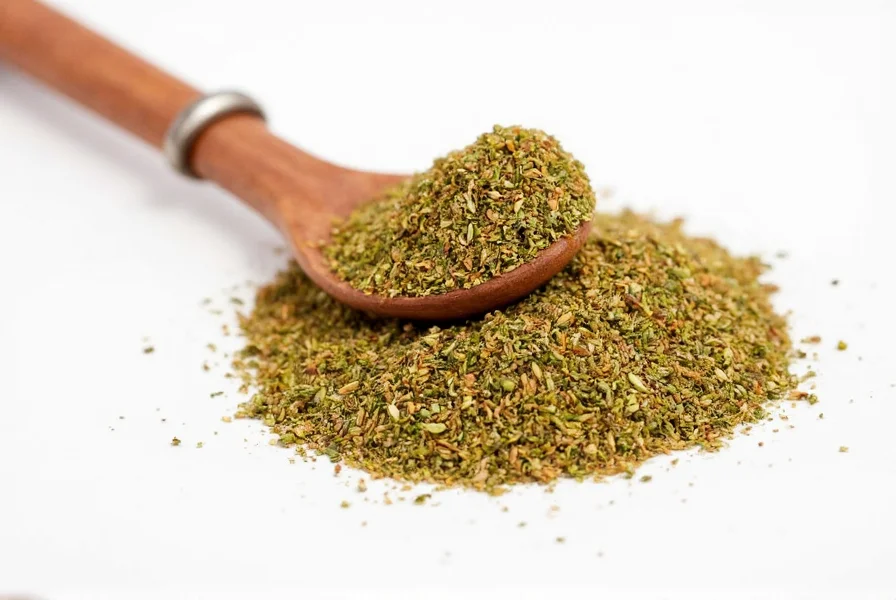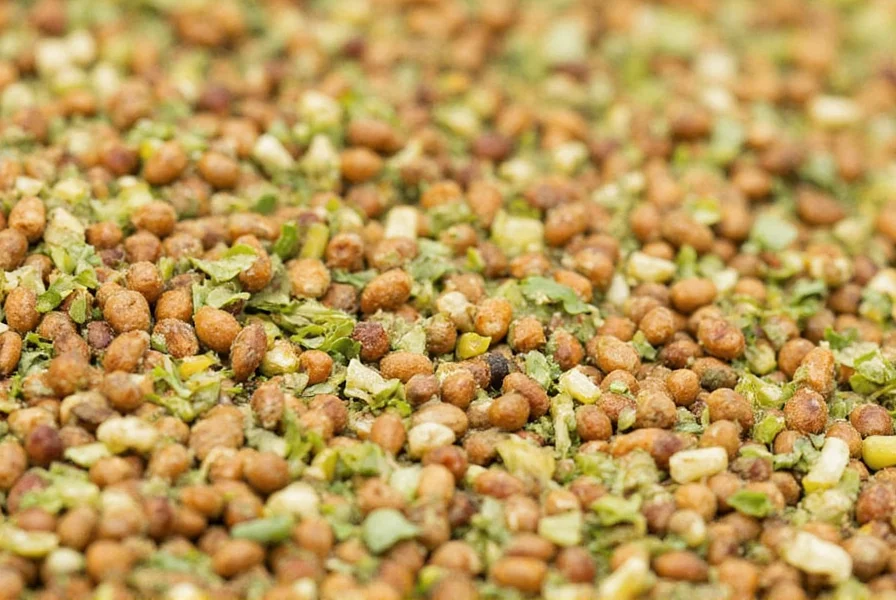Understanding the nuances of coriander seasoning transforms ordinary dishes into culinary masterpieces. This versatile spice, derived from the dried seeds of the Coriandrum sativum plant, has been used for thousands of years across multiple cultures. While cilantro refers to the fresh leaves of the same plant, coriander specifically denotes the dried seeds used as a seasoning.
What Exactly Is Coriander Seasoning?
Coriander seasoning comes from the round, beige seeds of the coriander plant. When harvested and dried, these seeds develop complex flavor compounds that differ significantly from the fresh herb. The seeds contain linalool, giving them their distinctive citrus aroma, along with pinene and other terpenes that contribute earthy notes.
Professional chefs often toast whole coriander seeds before grinding them, which enhances their aromatic qualities. This simple technique unlocks deeper flavors that ground coriander from the supermarket often lacks. For optimal results when learning how to use coriander seasoning in cooking, always consider whether whole or ground form better serves your recipe.
Flavor Profile and Culinary Characteristics
Coriander seasoning offers a sophisticated flavor profile that balances multiple taste elements:
| Flavor Component | Intensity | Best Culinary Applications |
|---|---|---|
| Citrus (lemon/lime) | Moderate to strong | Fish dishes, salad dressings, fruit salsas |
| Earthy | Moderate | Root vegetable dishes, stews, bean preparations |
| Sweet | Mild | Baking, spice rubs, chutneys |
| Peppery | Mild | Meat marinades, hearty soups |
The flavor intensity changes dramatically based on preparation. Whole seeds maintain their flavor longer but require toasting and grinding for full flavor release, while ground coriander offers immediate flavor but loses potency within months. Understanding these differences proves essential when determining when to add coriander to recipes for maximum impact.

Optimal Culinary Applications
Coriander seasoning shines in specific cooking applications where its unique flavor profile complements other ingredients. Unlike many spices that work universally, coriander has particular strengths in certain culinary contexts.
Best Dishes for Coriander Seasoning
Professional chefs consistently reach for coriander when preparing these dish categories:
- Indian curries and dals - Coriander forms the base of most curry powders and works exceptionally well with lentils
- Middle Eastern spice blends - Essential in za'atar, dukkah, and baharat mixtures
- Marinades for poultry and fish - The citrus notes complement lean proteins beautifully
- Vegetable dishes featuring carrots, sweet potatoes, or beets - Earthy sweetness creates harmony
- Bread and flatbreads - Naan, roti, and certain artisan breads benefit from its subtle warmth
When exploring coriander seasoning in Indian cuisine, note that it typically appears in both whole and ground forms at different cooking stages. Whole seeds often start the tempering process, while ground coriander finishes the dish.
Practical Usage Guide for Home Cooks
Mastering coriander seasoning requires understanding proper measurement, storage, and application techniques that many recipes overlook.
Measurement and Conversion
Understanding proper spice measurements prevents common flavor imbalances. Use this conversion guide for accurate results:
- 1 teaspoon whole coriander seeds = approximately ¾ teaspoon ground coriander
- Freshly ground coriander = 25% more potent than pre-ground supermarket varieties
- For most dishes: Start with ¼-½ teaspoon per serving and adjust to taste
Storage Recommendations
Proper storage dramatically extends coriander's shelf life and flavor potency. Follow these coriander seasoning storage tips:
- Store whole seeds in airtight containers away from light and heat
- Whole seeds maintain peak flavor for 1-2 years; ground coriander lasts 6-8 months
- Freeze whole seeds for long-term storage (up to 3 years)
- Never store near stove or oven where temperature fluctuates

Substitution Guidance
When you run out of coriander, understanding appropriate substitutions prevents recipe disasters. Not all alternatives work equally well across different dishes.
When Substitutions Work
Consider these alternatives when you need ground coriander substitution options:
- Cumin + lemon zest (use ½ part cumin to ½ part lemon zest) - works well in savory dishes
- Fennel seeds (use ¾ the amount) - best for fish and vegetable dishes
- Caraway seeds (use ½ the amount) - suitable for breads and hearty stews
When to Avoid Substitutions
Some recipes absolutely require authentic coriander flavor:
- Traditional Indian garam masala
- Egyptian dukkah spice blend
- Certain Middle Eastern meat rubs
- Specific curry formulations where balance is critical
Common Mistakes to Avoid
Even experienced cooks make these frequent errors with coriander seasoning:
- Using stale ground coriander - Always check freshness; old coriander tastes flat and dusty
- Adding ground coriander too early - Delicate flavors burn; add in last 5-10 minutes of cooking
- Confusing with cilantro - Remember: coriander seasoning vs cilantro represents completely different flavor profiles
- Over-toasting seeds - 2-3 minutes in a dry pan is sufficient; burnt seeds turn bitter
- Incorrect measurements - Coriander can dominate if overused; start with less and adjust
Health Considerations
While primarily used for flavor, coriander seasoning offers several potential health benefits supported by research. The spice contains antioxidants like linalool and flavonoids that may provide anti-inflammatory effects. Coriander has been studied for potential digestive benefits and blood sugar regulation properties.
When considering health benefits of coriander seasoning, note that these effects come from regular culinary use, not medicinal doses. As with any spice, moderation remains key - excessive consumption may cause digestive discomfort in sensitive individuals.
Professional Tips for Maximum Flavor
Master these techniques to elevate your cooking with coriander seasoning:
- Toast whole seeds in a dry pan over medium heat for 2-3 minutes until fragrant
- Grind immediately before use using a dedicated spice grinder or mortar and pestle
- Bloom in oil at the beginning of cooking to distribute flavor evenly
- Combine with complementary spices like cumin, turmeric, and cardamom for balanced flavor profiles
- Add ground coriander late in the cooking process to preserve volatile flavor compounds
Conclusion
Coriander seasoning represents one of the most versatile yet frequently misunderstood spices in the culinary world. By understanding its unique flavor profile, proper usage techniques, and optimal applications, home cooks can significantly elevate their dishes. Whether you're exploring traditional recipes or creating innovative new dishes, coriander's citrusy warmth adds complexity that few other spices can match. Remember that freshness, proper measurement, and thoughtful application make the difference between a dish that merely includes coriander and one that truly showcases its distinctive character.
Frequently Asked Questions
What's the difference between coriander seasoning and cilantro?
Coriander seasoning comes from the dried seeds of the coriander plant, while cilantro refers to the fresh leaves. They're from the same plant but have completely different flavor profiles - coriander seeds offer warm, citrusy, earthy notes while cilantro leaves provide a bright, grassy flavor with citrus undertones. The confusion stems from regional naming differences, as many countries call the fresh herb "coriander" while Americans typically use "cilantro" for the leaves.
Can I substitute fresh cilantro for coriander seasoning in recipes?
No, fresh cilantro cannot substitute for coriander seasoning as they have fundamentally different flavor profiles and moisture contents. Coriander seeds provide earthy, warm notes while cilantro offers fresh, grassy flavors. For proper substitution, use ground coriander or alternative spices like cumin with lemon zest rather than fresh cilantro. The two ingredients serve different culinary purposes despite coming from the same plant.
How can I tell if my coriander seasoning has gone bad?
Fresh coriander should have a strong citrus aroma and vibrant flavor. Signs it has gone bad include: faded color (from light beige to dull brown), weak or absent aroma, flat or bitter taste, and visible moisture or clumping. Whole seeds maintain freshness longer than ground coriander - properly stored whole seeds last 1-2 years while ground coriander typically remains fresh for 6-8 months. Always check expiration dates and store in airtight containers away from heat and light.
What are the best dishes to showcase coriander seasoning?
Coriander seasoning shines in Indian curries, Middle Eastern spice blends like za'atar, marinades for poultry and fish, roasted root vegetable dishes, and certain breads and flatbreads. It works particularly well with lentils, chickpeas, carrots, sweet potatoes, and beets. For optimal results, toast whole seeds before grinding and add ground coriander during the final stages of cooking to preserve its delicate citrus notes. Traditional dishes like chana masala, Moroccan tagines, and certain curry formulations showcase coriander's unique flavor profile best.
Should I use whole coriander seeds or ground coriander?
The choice depends on your recipe and timing. Whole seeds maintain freshness longer (1-2 years vs 6-8 months for ground) and should be toasted then ground for maximum flavor. Use whole seeds when you want gradual flavor release during long cooking times. Ground coriander works better when you need immediate flavor distribution and are adding late in the cooking process. For most home cooking applications, toasting and grinding whole seeds just before use delivers superior results compared to pre-ground coriander, though it requires additional preparation time.











 浙公网安备
33010002000092号
浙公网安备
33010002000092号 浙B2-20120091-4
浙B2-20120091-4